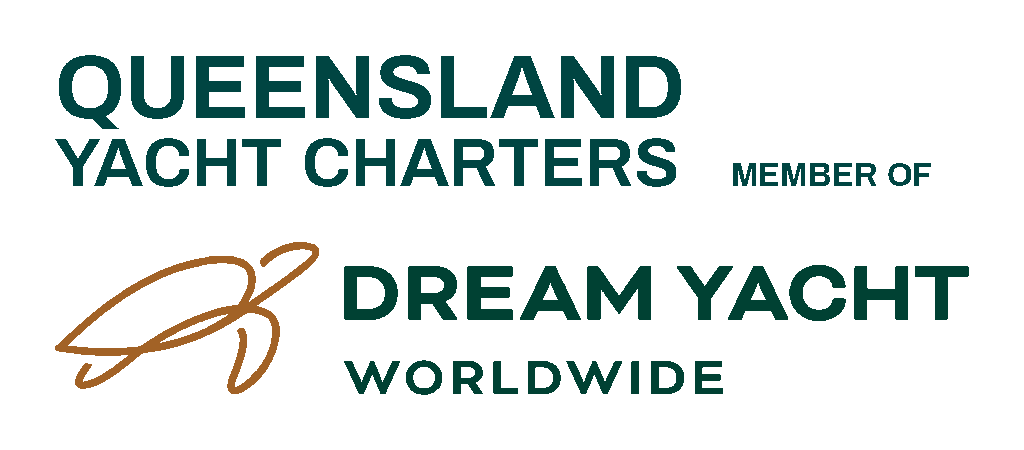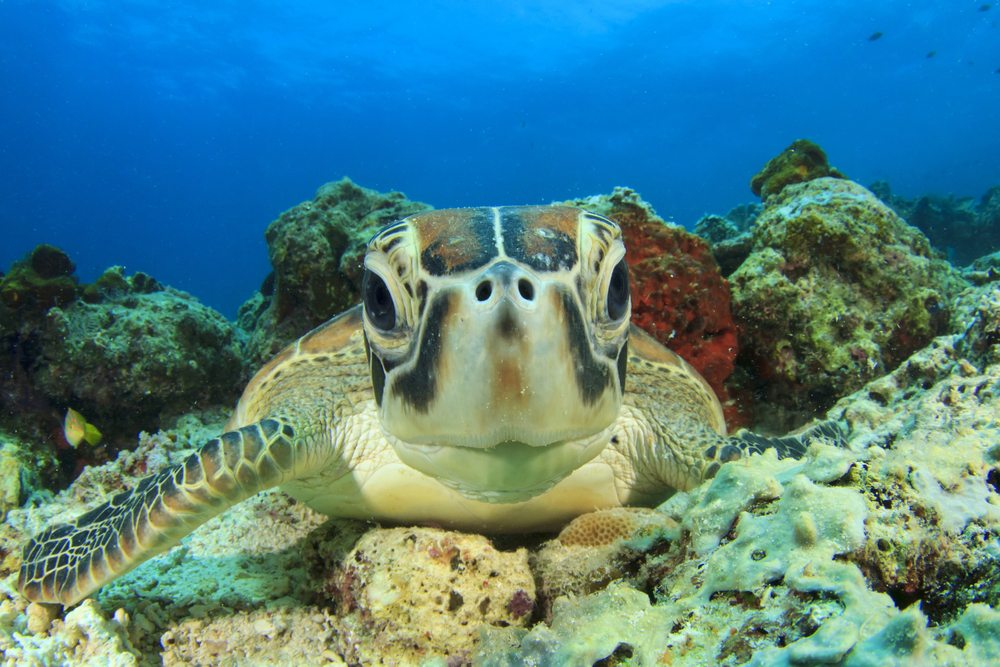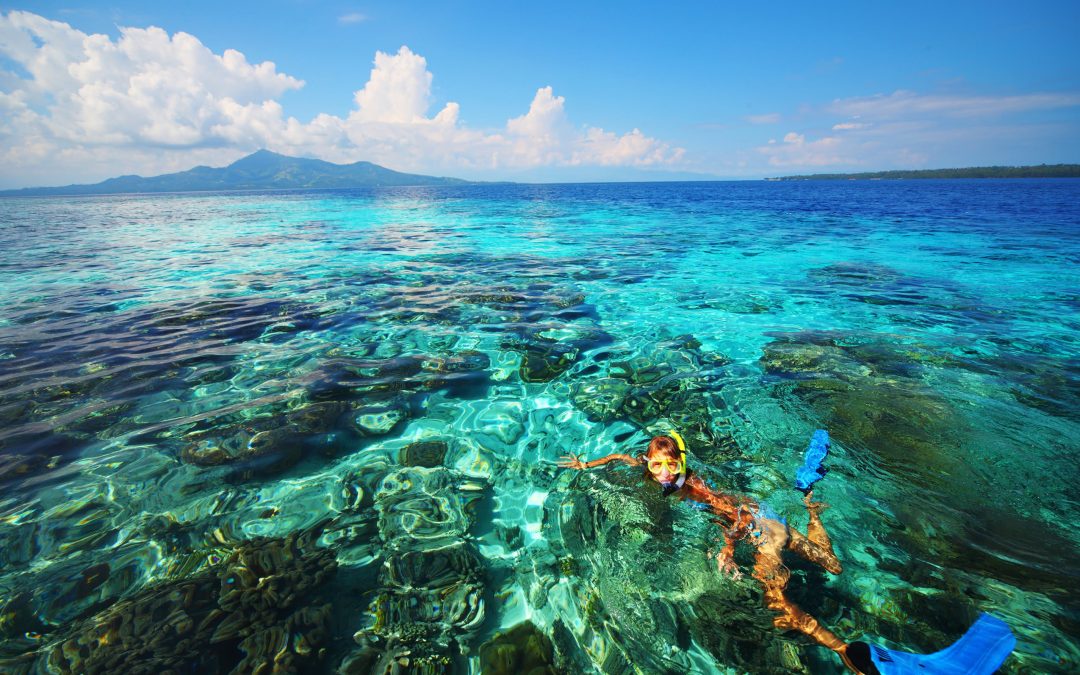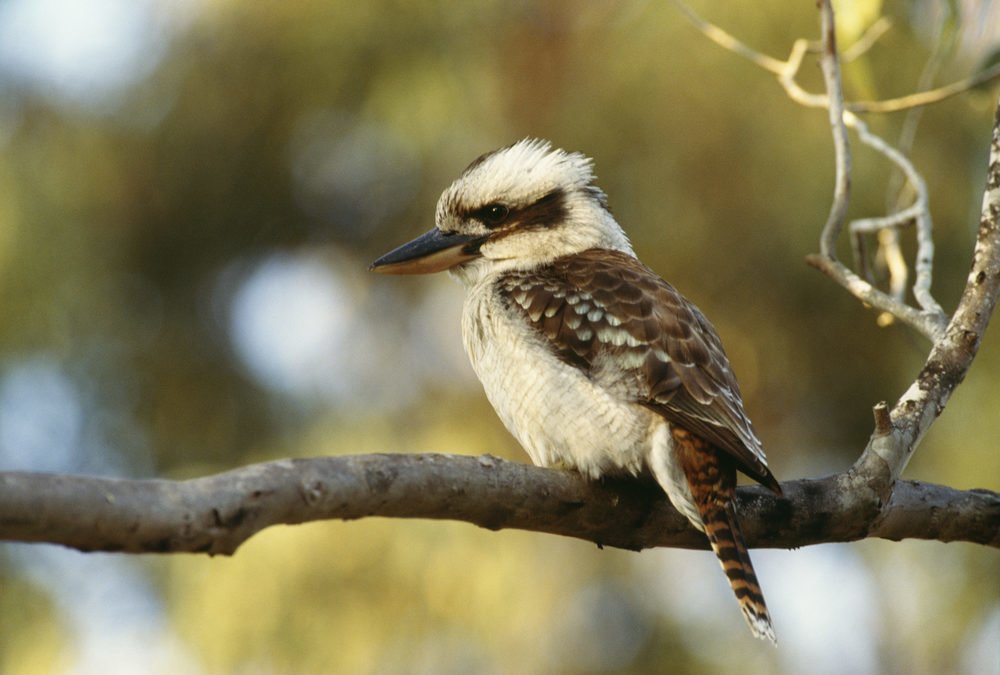Take the Kids into a unique and exciting environmental classroom this year!
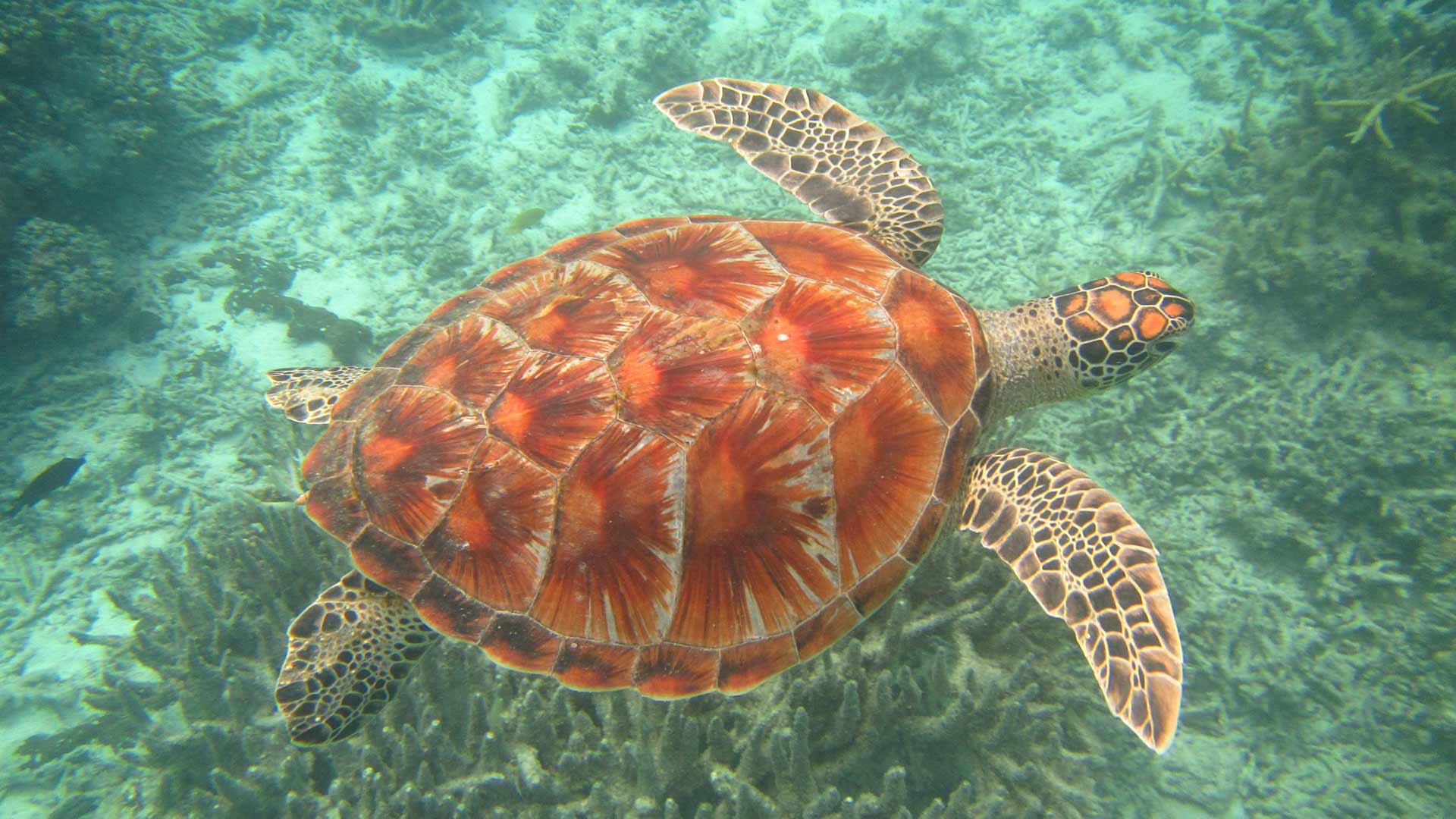
To honour the sea turtle, the central element of our corporate identity since the company was founded in 2000, we have put together a few fun facts and free holiday activities that you can download for your children.
Print them out and take them along with you on your Charter or just to share for a weekend activity to learn a few things about our very favourite creature the Sea Turtle.
Enjoy spotting them and with a bit of luck you may even get a visit from these very friendly little creatures.
During your Yacht Charter in the Whitsundays there is plenty of opportunity for kids to engage educationally in learning about the wildlife that is present. As you travel around the Islands they can discover fun facts and details about the Whitsunday Wildlife through observation, and experiential learning. They will see a myriad of birdlife (the cockatoos joining you for breakfast in Nara Inlet!) and marine life including, colourful tropical fish, “Nemo’ the clown fish and the Maori Wrasse, Rays and Manta Rays, Dugongs, Dolphins and magnificent Whales in Whale Season and dolphins and of course our fave the sea turtle.
The Whitsundays are one of the few places in the world to combine nature at its unspoiled best with your choice of civilisation – from 6 star sophistication to a hammock on the beach. Aboriginals of the Ngaro tribe plied these island waterways in their bark canoes for millenia. Some remnants of this unique indigenous maritime heritage are still visible and accessible on several islands. So, when you are standing in front of the cave on the hillside above Nara Inlet, looking out at the peacefully anchored yachts to the lush vine forest across the water, let your imagination run free to thousands of years ago. The thought will come to mind “the Ngaro people certainly knew how to pick a good spot”.
While they are learning, there is plenty of fun stuff to do, bushwalking, snorkelling, water activities and exploring in the dinghy that comes with all of our boats. A Whitsunday yacht charter is an ideal family holiday to reconnect with your kids, and also have plenty of time to relax and enjoy the peace and serenity of Sailing in the Whitsundays.
At Dream Yacht Charter we take great care about the environment and our aim is to operate a sustainable, safe and responsible business. As a truly global company we operate our business in many countries around the globe facing many specific environmental challenges on local levels, always trying to minimize adverse effects on marine and coastal ecosystems. Important points of our strategy are responsible waste management, energy and water efficiency, environmental conservation and community involvement.
Here in the Whitsundays, Queensland Yacht Charters has proudly held our Ecotourism Certification for 14 years. It is our privilege to operate in this World Heritage Environment and we are committed to the ongoing conservation of this incredible natural wonder. Using environmental best practice principles as our guide, we aim to contribute to the conservation of the Great Barrier Reef by using resources wisely, being an active participant in the local community and promoting sustainable tourism.
The highlight of any visit to the Great Barrier Reef may be spotting a marine turtle.
Of the seven species of marine turtles, six are found in Queensland’s shallow coastal waters. Green, hawksbill and loggerhead turtles are the most frequently sighted but flatback, leatherback and olive ridley turtles are also occasionally seen.
All year round in the protected, shallow reef waters, divers and snorkelers can see juvenile and adult turtles swimming about or feeding on plants and small animals.
Where turtles breed
Turtles breed mostly in the northern and southern regions of the Great Barrier Reef. In the southern rookeries, marine turtles nest only in the summer months, but in the northern rookeries some nesting takes place all year round, with a summer peak.
Nesting
When the female turtles go ashore to nest, they usually go ashore at night when the tide is high. They drag themselves high up the beach and dig a nest for their eggs.
Loggerhead and green turtles lay about 100 round, white eggs about the size of ping-pong balls, and flatback turtles lay larger eggs in clutches of about fifty. No marine turtle species stays with or cares for its young.
Each female lays several clutches of eggs in the one season. This takes place about every two weeks during the breeding season and usually on the same beach.
Two to eight years pass before a female turtle is ready to breed again. Each turtle returns to breed in the region where it was born even though it might swim as far away as Papua New Guinea, Solomon Islands, New Caledonia or Indonesia to find food.
When a turtle comes ashore to nest, the weight of her body and the action of her flippers and tail carve out tell-tale tracks in the sand. The tracks resemble one metre wide tractor tracks. One-way tracks suggest that a turtle is in the process of egg-laying somewhere near the top of the beach.
Egg-laying takes 1-3 hours from start to finish. First the turtle digs strongly with her front flippers, sending the loose sand flying everywhere.
Then she positions her tail over the shallow nest and, very slowly and methodically, she uses her two hind flippers to carve out a vertical, pear-shaped egg chamber.
Shielding the hole with these flippers, she then lays her leathery-shelled eggs inside the warm, moist chamber. The hind flippers are used to cover the eggs with sand and flatten out the nest.
When the work is all done, the turtle returns to the sea.
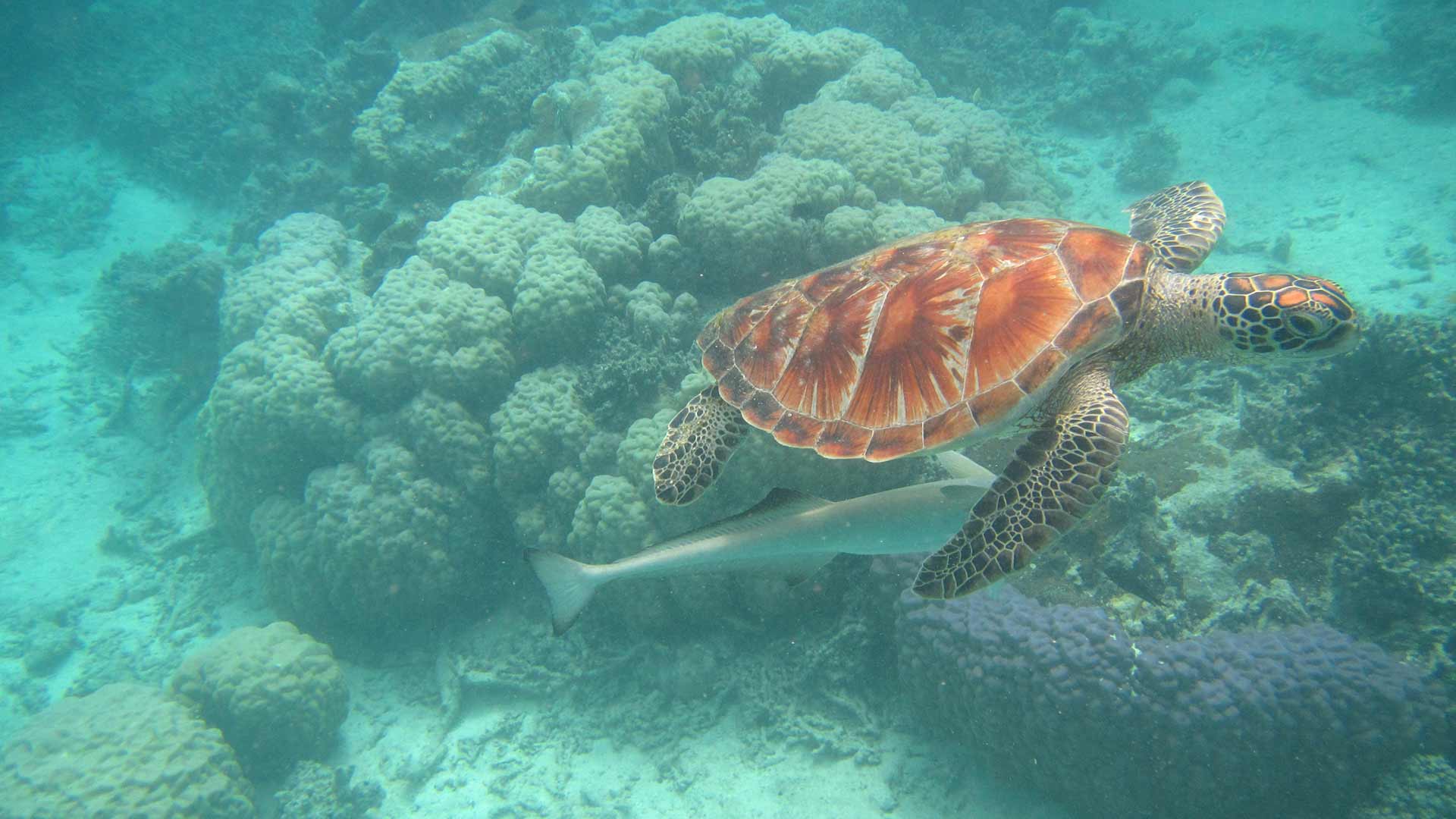
The early years of life
The eggs incubate in the nest for 7-12 weeks. The temperature of the surrounding sand determines the gender of the offspring. Male hatchlings result from cool nests (25°C), while females are produced from warm nests (31°C). Both genders may occur in nests at intermediate temperatures.
As a group, the hatchlings dig their way up through the 50cm or more of sand to the surface. Then, generally in the early evening, the sand will erupt and the hatchlings will scurry down to the sea.
Many hatchlings to not survive the early stages of life. Some are eaten on the beach by ghost crabs, dogs, feral pigs and fixes. Others are taken in the coastal shallows by gulls, fish, sharks and crocodiles.
Feeding
Different species of turtles feed on different things. Green turtles eat algae and seagrass; loggerhead and olive ridley turtles eat shellfish and crustaceans; hawksbill eat algae and sponges; and flatbacks eat sea pens, sea cucumbers and soft corals. Leatherback turtles feed almost exclusively on jellyfish.
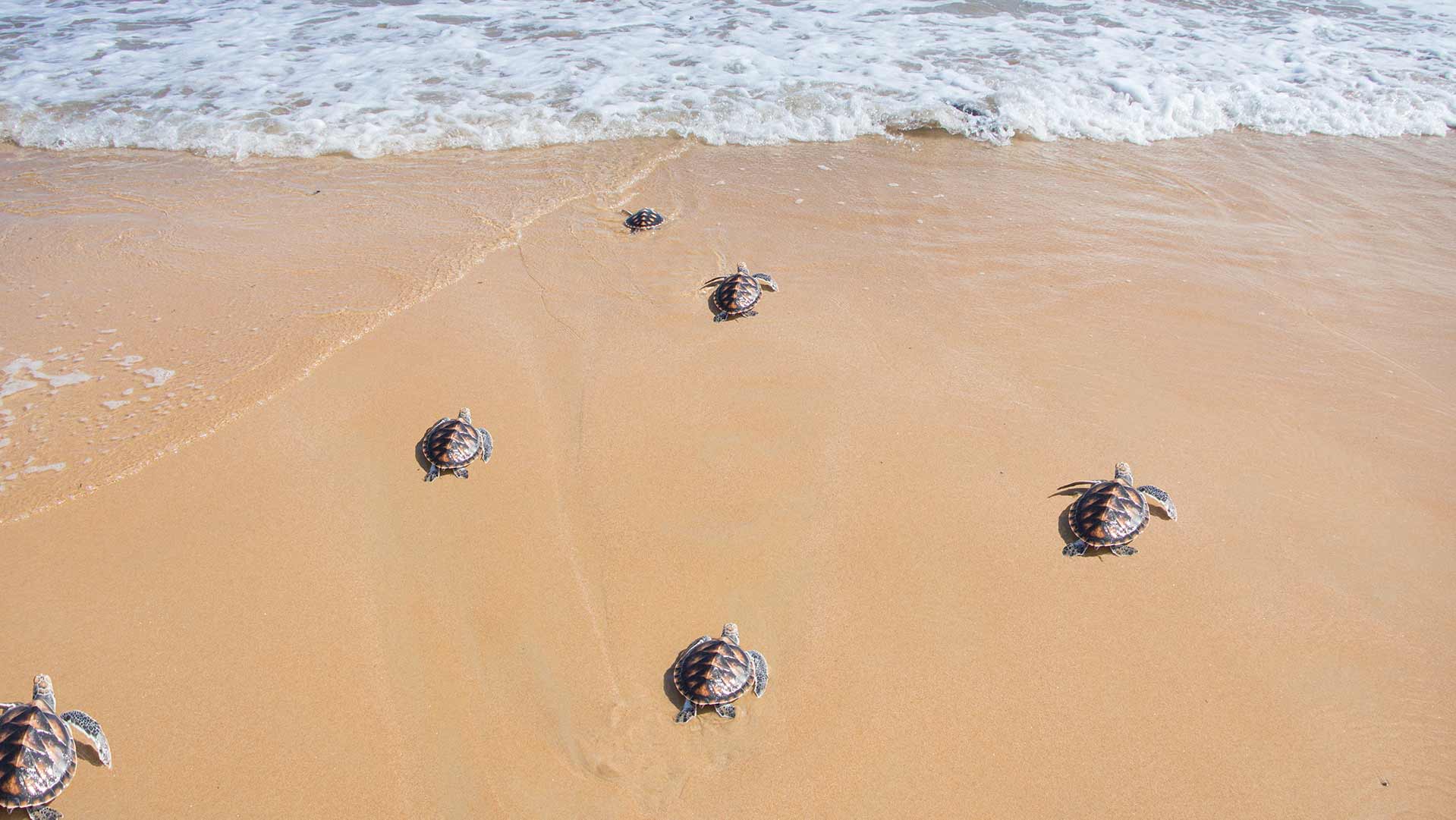
CHARTER: www.yachtcharters.com.au
Call: (02) 4946 7400– Email: [email protected]
SALES: www.dreamyachtsales.com
Call: 0457 036 756 – Email: [email protected]
Don’t hesitate to contact me if you have any great ideas, photos, videos or feedback you would like to share with us [email protected]

